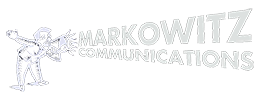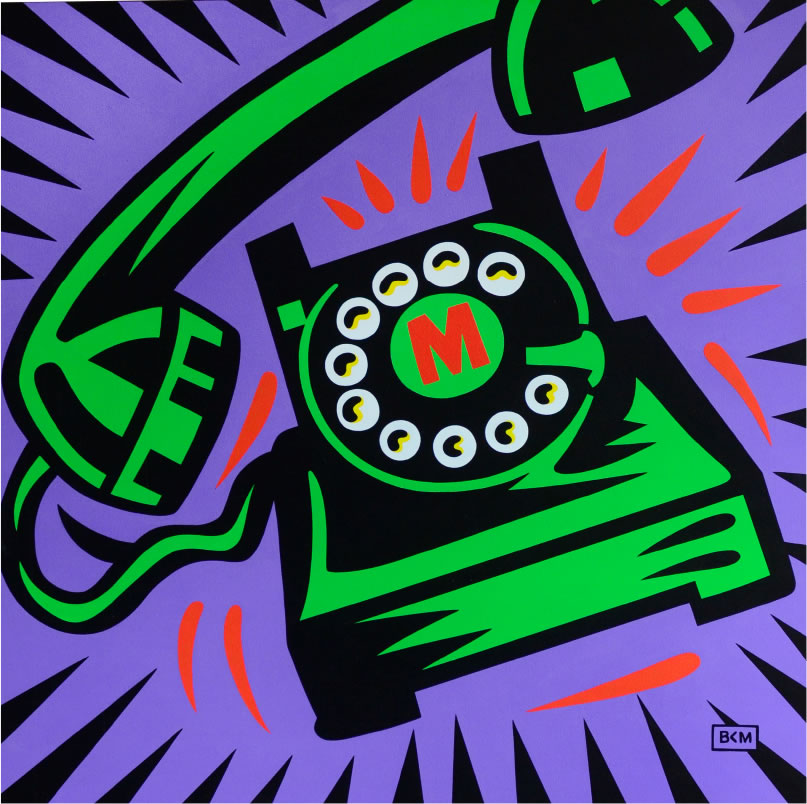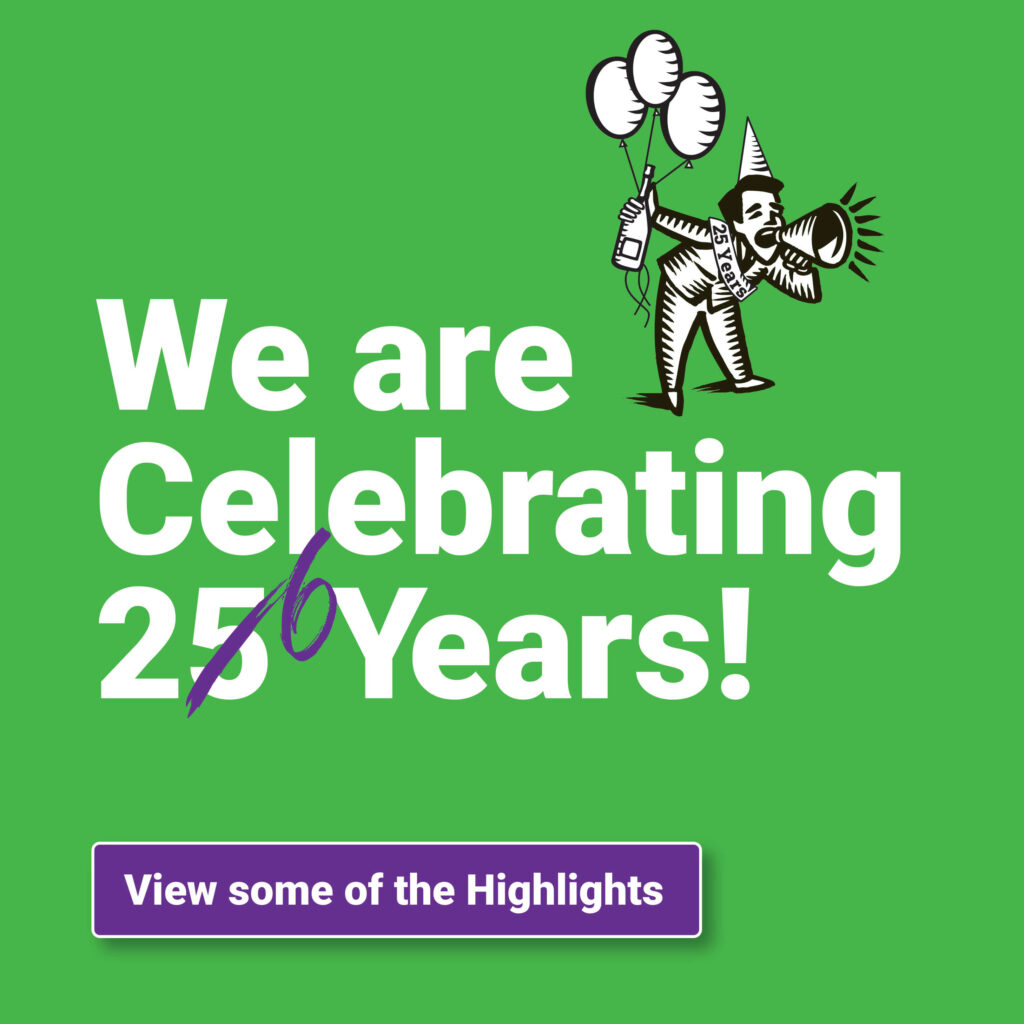
They rode into town and set up blue and gold tents in the parking lot next to Heinz Field. They speak exotic-sounding languages. They wear strange-looking outfits. They do things most of us thought humanly impossible. Who are these people? Where do they come from? What do they want?
![]()
When the Cirque du Soleil entourage arrived in Pittsburgh, they might as well have been from another planet. That’s how foreign this concept of a theatrical (complete with a story line, live music and outrageous costumes and makeup), animal-less circus was.
Based in Montreal, Canada and employing some 2,400 people representing more than 40 nationalities, Cirque du Soleil was producing seven different shows on three different continents.
As part of its strategy to expand into new markets, Cirque’s maiden voyage to Pittsburgh was pivotal for both the circus and the city. Coming off a disappointing turnout in another town, Cirque was looking to fill seats and pump up its performers. As far as Pittsburgh was concerned, a successful Cirque run could raise its hip quotient considerably.
Cirque planned to introduce itself to Pittsburgh via the show Quidam. According to the program, quidam is a “nameless passerby, a solitary figure lingering on a street corner, a person rushing past, a person who lives lost amidst the crowd in all-too-anonymous society.” Billboards and print ads boasted a headless man holding an umbrella. “Hmmm…,” you could almost hear Pittsburghers saying. “That’s a little weird.”
As Cirque’s local public relations agency, our task was to encourage our fellow Pittsburghers to go where they had never gone before, to seek out the strange new world that came to life under the grand chapiteau (the big top) for 10-plus performances a week.
More than that, we had to convince them that the Quidam experience was worth the price of admission. Ranging from $45 to $125, tickets were by no means cheap.
So Markowitz Communications set out to make Cirque du Soleil the place to be, the cool event, the hot happening. Opening night was Thursday, May 9, 2002. There wasn’t much time.
![]()
The Planning
From the day we got the account to opening night was less than six weeks — and counting.
Working closely with Cirque’s unit publicist Anita, we decided to unleash a hard-hitting, heart-pounding public relations campaign. We wanted to get the buzz going before the Cirque caravan ever hit the Parkway and got stuck in traffic.
So we started talking. We talked to our media contacts in an effort to line up preview stories. We talked to our Cirque contact to line up interviews with the artistic director and performers.
Saul Markowitz embarked on a fact-finding mission that took him to Cirque central. Speaking precious little French (“au revoir,” he said as he boarded the plane), he traveled to Montreal to learn more about Cirque’s history, its passions, its very raison d’être.
He returned to Pittsburgh with new story ideas, new insights and a new vocabulary
(“Bonjour,” he said on his first day back in the office. “J’ai eu un temps merveilleux, merci de demander”).
In addition, we were busy introducing Anita to Pittsburgh – its neighborhoods (the Strip District soon became a favorite hang out), its events (thanks to our connections, Cirque would have a presence at the upcoming marathon), its institutions (the mayor’s office and the Convention and Visitors’ Bureau, to name just a few) and its media (print and broadcast reporters).
Another key component of our public relations strategy centered around the opening night performance and party. Anita entrusted us to make sure the right people – Pittsburgh’s movers, shakers and talkers – were on the invitation list. Given our experience in creating memorable grand openings (Dave & Buster, Palomino and Krispy Kreme), our influentials database is phénoménal, if we do say so ourselves, in French.
The Execution
In the beginning – mid-April — there was media day. And it was good. We scheduled Cirque’s artistic director for an entire day of print, radio and television interviews. Thanks to his charming accent and total commitment to Quidam, the buzz was officially underway.
But things really got rolling when the German-wheel man came to town on April 23.
As it turned out (pun intended), we discovered that the wheel man, aka Chris Lashua, had a Pittsburgh connection – his parents lived in Moon Township. The next day, a color photo of Lashua with his 6- ½- foot-wide wheel made the front page of the Pittsburgh Post-Gazette. (Enjoying his celebrity spin, Chris was also the focal point of several additional stories, including a KDKA-TV feature with Dave Crawley.)
On Sunday, April 28, the Post-Gazette’s magazine section featured a three-page spread, complete with original Martha Rial photographs. Reporter Carolyn Abels and Pulitzer Prize-winner Rial were assigned to fly to Charlotte, North Carolina, to take a backstage look at Cirque.
Then there was the tent-raising. We thought the sight of the grand chapiteau taking shape, with the city skyline in the background, was an ideal photo op. So we called the media, and they agreed. That exact picture made the papers and the television. (In fact, thanks to another one of our suggestion, that shot became a staple for the local TV stations to use as a lead in and out of their weather segments and as the sign-off for their newscasts.)
Quidam had yet to open, and we had already accumulated more than a dozen print articles, a half-dozen radio spots and another half-dozen television stories.
We had reached maximum pre-buzz. Now it was show time.
RSVPs for opening night and the party were coming in fast and furious. The Mayor accepted our invitation, so did hockey legend Mario Lemieux and other sports luminaries. The seats were also filled with corporate executives and media people and their families. It was a veritable who’s who of the Pittsburgh business and social scene.
They were not disappointed. The show was incredible; the ovation, thunderous; the party, fabulous.
For the next several days, Cirque was once again in the headlines. Quidam was glowingly reviewed in all the papers and the party was prominently featured in the society columns.
Still, we wanted more. Our next move involved pitching specific story ideas to specific reporters. As a result, the Post-Gazette did “Cirque du Cuisine,” KDKA-TV’s Dave Crawley talked to the riggers (this was his second Cirque story) and WTAE-TV’s health editor Marilyn Brooks interviewed Cirque’s staff of on-site sports physiologists and therapists.
Cirque was so pleased with our efforts; we were given the additional responsibility of taking charge of the media buy for the last two weeks of the show. Our negotiations resulted in three live remotes, promotions, call-backs and interviews.
The Results
During the Pittsburgh run, a Cirque operative went undercover. His mission was to nonchalantly ask regular folks on the streets if they had ever heard of Cirque du Soleil. The overwhelming response was “mais oui”, or something like that.
Cirque got its answer in other ways, as well. The demand for tickets was so strong that the run was extended not once, but twice.
By the end of the troupe’s month-long stay, Markowitz Communications had amassed some 30 print articles and 2 hours, 34minutes and 20 seconds worth of television coverage–but who’s counting. (We’ve since condensed it into a 1 hour and 10 minute highlight reel for your viewing convenience.)
Perhaps the greatest accomplishment, however, was Cirque’s promise to return. So, au jusqu’à ce que nous nous réunissions encore, or something like that.
See our other big ideas
Let’s Chat
Markowitz Communications
Attn: Saul Markowitz
6401 Penn Ave.
Pittsburgh, PA 15206
412-977-8517






